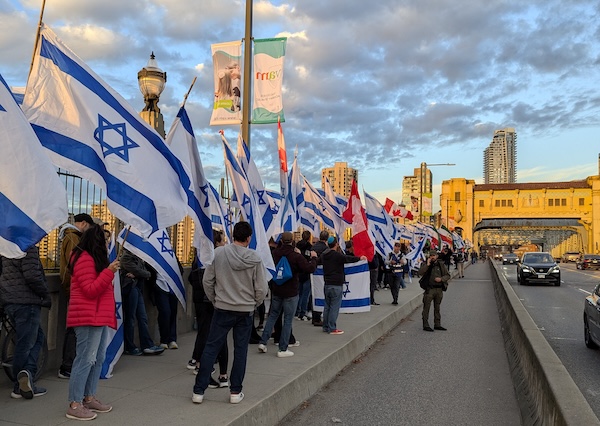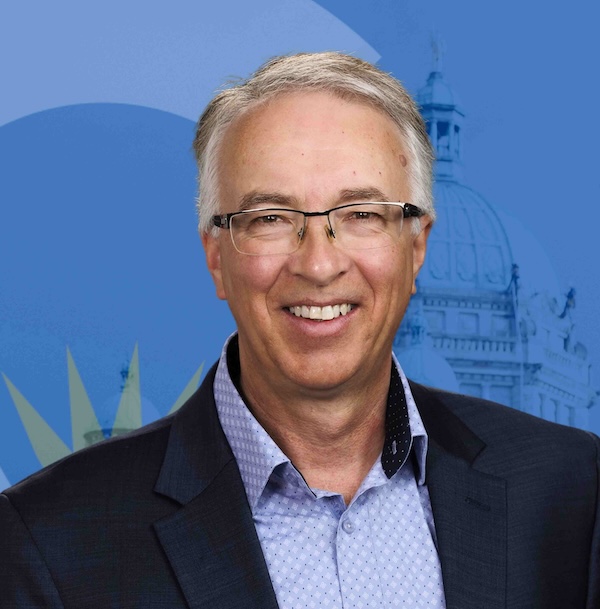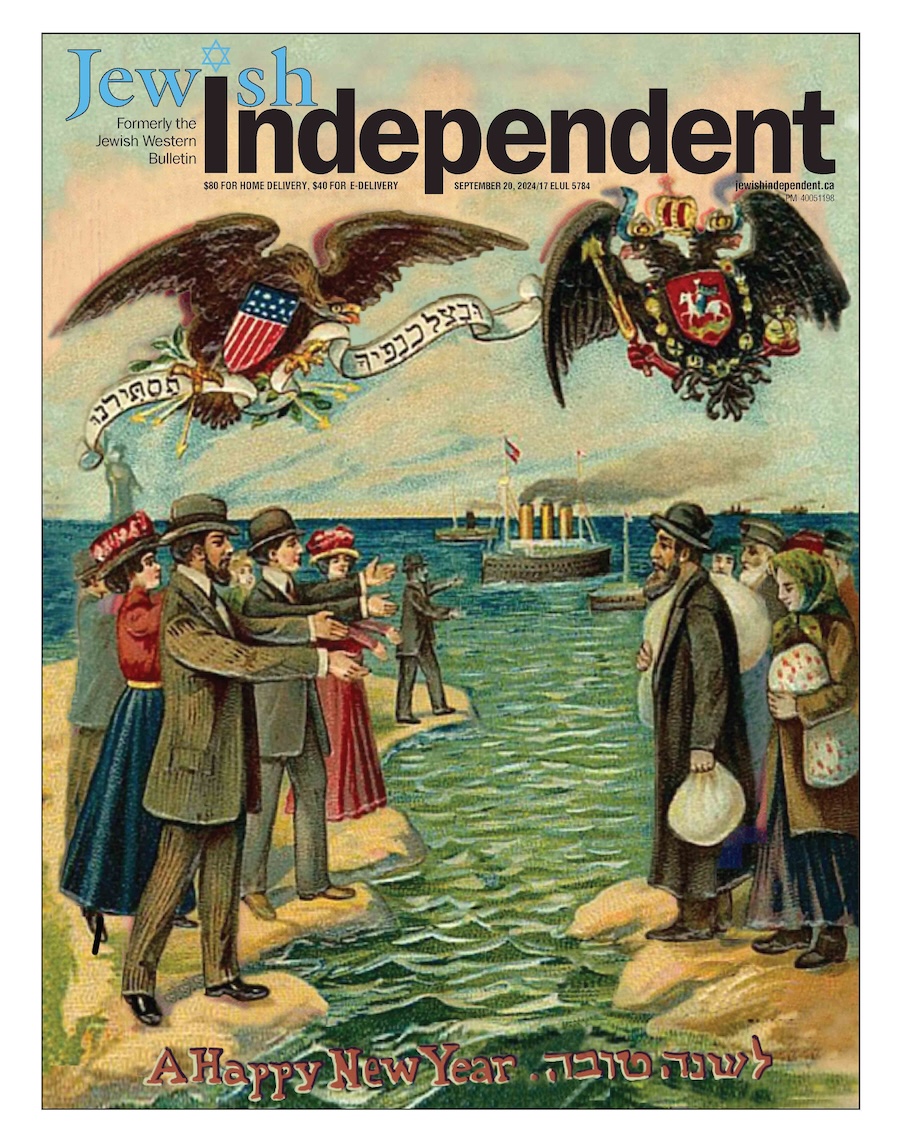
Most recent issue’s cover stories
Community marks Oct. 7

At a moving ceremony at Schara Tzedeck Synagogue Monday night, more than 1,400 Jewish community members and allies came together to mark the anniversary of the worst terror attacks in Israel’s history. Another 700 watched a livestream online….
Processing the tragedy

A lesson learned anew
In the late 1990s, the collective Jewish community organizations in North America acknowledged a crisis. What had been increasingly evident anecdotally was being confirmed by statistics, research, published works and commentary. Affiliation with Jewish communities and agencies was declining precipitously – to the extent that the very future of the Jewish community, by some estimates, was in doubt….
In between issues
מונטריאול למטייל הישראלי
מונטריאול היא עיר נמל וגם אי ששוכנת על נהר סנט לורנס. היא התגלתה לראשונה במאה השש עשרה על ידי מתיישבים צרפתים. במאה שלאחר מכן החלו להתיישב בה בדרך קבע, עד לשנת אלף שבע מאות שישים ושלוש, בסופה של מלחמת שבע השנים בין צרפת לבריטניה, אז כבשו הבריטים את העיר והפכו אותה לחלק מהאימפריה הבריטית. במהלך המאה התשע עשרה מונטריאול הפכה לנקודת סחר חשובה שבה ישבו דוברי אנגלית וצרפתית, והרב-תרבותיות הזאת נשמרה גם לאחר הקמתה של קנדה. במאה העשרים, ובעיקר לאחר מלחמת העולם השנייה, הגיעו אליה מהגרים ממדינות רבות, בהם גם יהודים אירופאים, שהחלו לעצב את אופייה המיוחד והססגוני של מונטריאול, שחלקו נשמר ומורגש עד היום
…
Previous issue’s cover stories
Eby talks about record, plans

Rustad revives Tories

Greens seek breakthrough

A different new year
The experience of the Jewish calendar is ever-changing because, while the week’s parshah is the same every year, the people experiencing it have changed. This seems especially true for the year just passed….
About the 2024 Rosh Hashanah cover
Renewing a commitment to hope

For more stories, click on one of the categories listed on the menu bar, or on one of our recent posts, which can also be found on the menu.
(Please note: This site is best navigated with Chrome or Firefox.)




